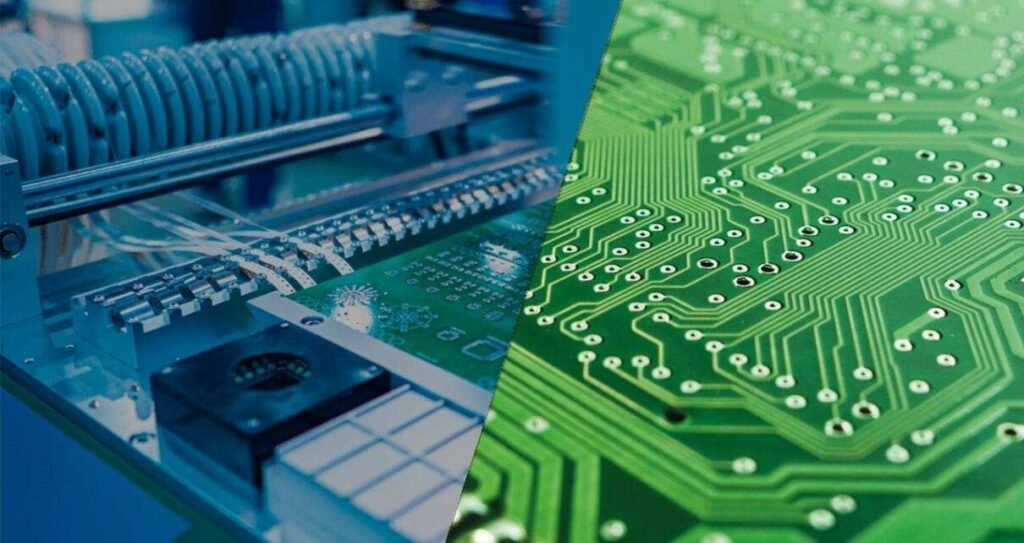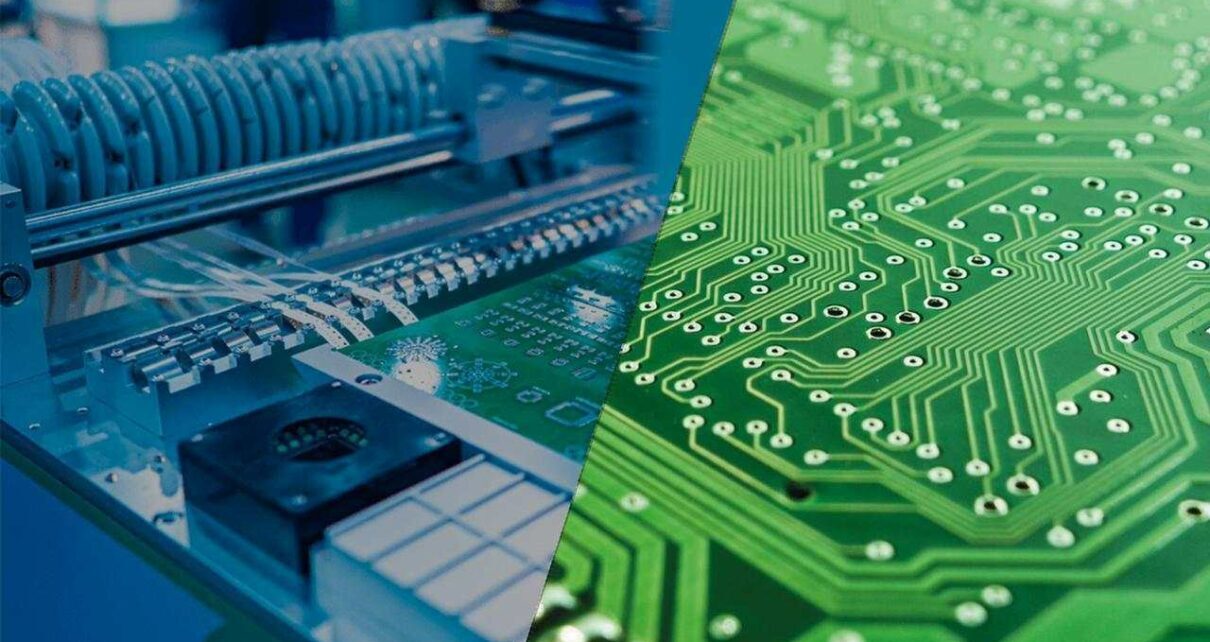PCB Manufacturing and Assembly Process
Here’s what you need to Know About PCB Manufacturing and Assembly Process. With the advancement in the field of science and technology, an emerging growth in modern equipment has been seen. Printed Circuit Boards (PCBs) have become essential to many world sectors. It is really impressive how PCBs have been used as the mechanism for optimizing the manufacture of electronics over many years.
Today, this incredible invention is being widely used in many fields, such as smoke detectors, medical machines, industries, telecommunication, smartphones, home appliances, complex machines, etc. And, without even noticing, we are using them almost everywhere.
Now, you must be curious about the design and function of PCBs. So, let’s feed your curiosity and offer you a guide for PCB Assembly.
Manufacturing Of PCB Assembly:
PCB Assembly is basically the process in which various electronic components are soldered into a rigid PCB. A green color plate holds many components, holes for them, fiberglass, and a copper layer.
A solder mask is utilized to insult the PCB substrate & parts jointly with epoxy resin. It may have a blue, green, or red color. The cool thing about the solder mask is that it resists any sort of short circuit.
Traces of copper are used to convey electronic signals from one point to another on a printed circuit board. Signals are high-speed digital signals or discrete analog signals. These belts can be reinforced to convey energy or power to drive the components. There is a separate ground connection plan on most printed circuit boards manufactured for high voltage or current supply. The electronic parts on the upper layer are associated with the inward GND plane or to the inner sign layer through “Vias.”
The parts are collected on the PCB to permit it to work the way it is designed. Efficient working is the main thing of PCB assembly. An issue can occur if a slim SMT resistor isn’t perfectly placed. So, the parts must be gathered legitimately. And when all the parts and components are properly placed, then it is known as PCBA or Assembled PCB.
Depending upon requirements and specifications, PCB assembly can have uncomplicated or complex functionality.
Working Procedure of Different Layers Of PCB:

Substrate:
It is a plan surface over which all the electronic parts are soldered perfectly. A substrate is constructed of Fire Retardant-4 material, giving rigidity to the Printed Circuit Board. On the base of substrate material, the following are the classes of PCB Assembly:
Metal Core Printed Circuit Board:
This type of PCB is widely used in many heat-sensitive devices, like laser diodes and high-power LEDs. The reason is that the solid base is made of aluminum to dissipate heat efficiently.
Flexible Printed Circuit Board:
Another type of PCB Assembly is flexible PCB, which is used in wearable devices like LCD connectors, keypad connectors, laptops, and cameras.
It is made of Kapton material which can resist very elevated temperatures keeping the consistency as 0.005 inches.
Copper Layer:
The slim copper foil is laid on the upper & lower parts of the circuit board to make copper traces of both layers.
Solder Mask:
The layer is laid on top and lower part of the Printed circuit board. The reason to put on a solder mask is to make a non-conductive district of PCB, which disengages the copper from one another to guard short circuits. This mask tries not to weld on unwanted parts and guarantees that bind goes on that area intended for jointing like holes.
Silkscreen:
Silkscreen contains some information regarding the components and their classifications. It is on the fabrication of PCB Assembly. All the sensitive details like the logo and manufacturer’s info are made of silk screen.
Printed Circuit Board Assembly Process:
Consider the following steps of the Assembly process:
Solder Paste Using Stencil:
Evenly solder paste is laid on the places where parts are to be joined, using a stencil. The gray-colored paste is 96.5 percent made from tin and holds 0.5 percent of copper and 3 percent of silver, and it also is lead-free. The paste melts and assembles a powerful joint.
Components Placement:
Now, for the PCB assembly to robotize the SMT parts on the circuit board, we use a pick & place robot.
Reflow Soldering:
We jump into phase 3 as soon as the reflow soldering process started. This process means that the parts are placed on the conveyor belt. Now the components are being moved into a big oven with the help of this conveyor belt. It produces a temperature of 250 degrees Celsius. It becomes enough to liquefy the solder. This solder will then repair the parts on the Printed board and make joints. After all this process, the cooler cools off the joints, and now we have a permanently joined SMT on the PCB.
Inspection Process:
There are 2 types of inspection, manual and automated. After the reflow process, our holding tray can experience any misalignment that might result in a short circuit. So, to avoid that case, PCB Assembly goes through the alignment process. Optical inspection, X-ray inspection, and manual inspection play their roles in avoiding any loss.
Final Fixation and Soldering:
The soldering process also has two types, manual soldering and wave soldering. Manual soldering is typically slow as it works on a single component simultaneously. The holding tray goes on fixing all the SMT components for longer. Some companies do not let PCBs go through manual soldering as it takes a lot of time. But still, results are always remarkable.
Wrapping Up the PCB Manufacturing and Assembly Process:
PCBs have been widely used in many components since 1903. And over time, technology has improved very much. PCB Assembly has become a part of our life, whether it’s any of your home devices, modern appliances, or medical machinery. You definitely deserve to get the best assistance in the town. Get a satisfactory PCB Assembly service as it can deliver you a good quality of work done by professionals in a very smooth time.

